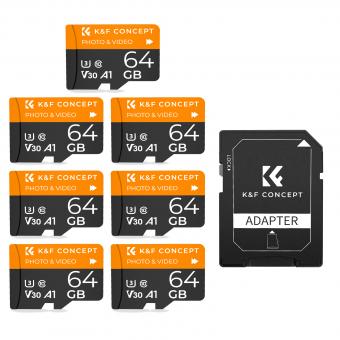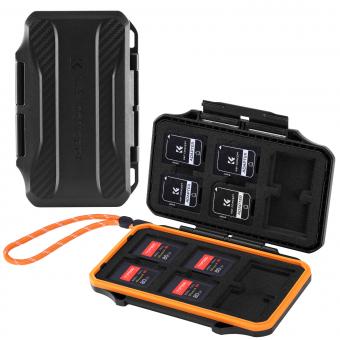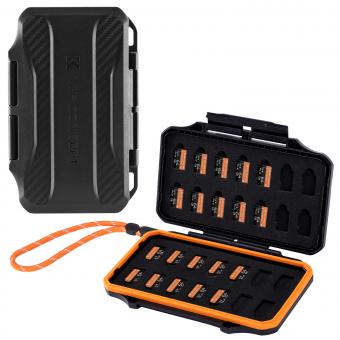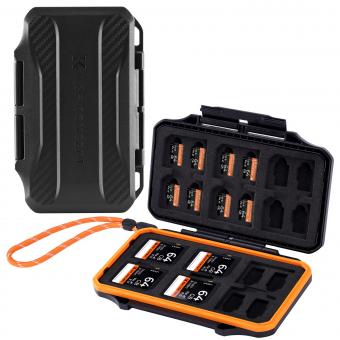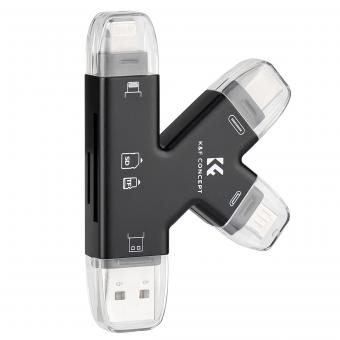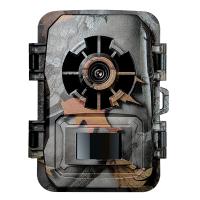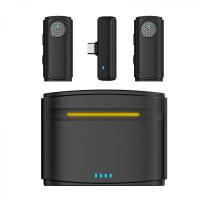How To Backup Sd Card Android Without Computer?
In today's fast-paced digital world, our reliance on mobile devices is greater than ever. For Android users, one common concern is ensuring that the data on an SD card is securely backed up, especially in situations where a computer isn't available. Whether it's cherished photos, vital documents, or essential app data, losing such information can be distressing. Fortunately, there are various methods to back up an SD card on an Android device without needing a computer. This article explores several practical approaches, offering step-by-step guidance to safeguard your precious data.
1. Using Cloud Storage Services
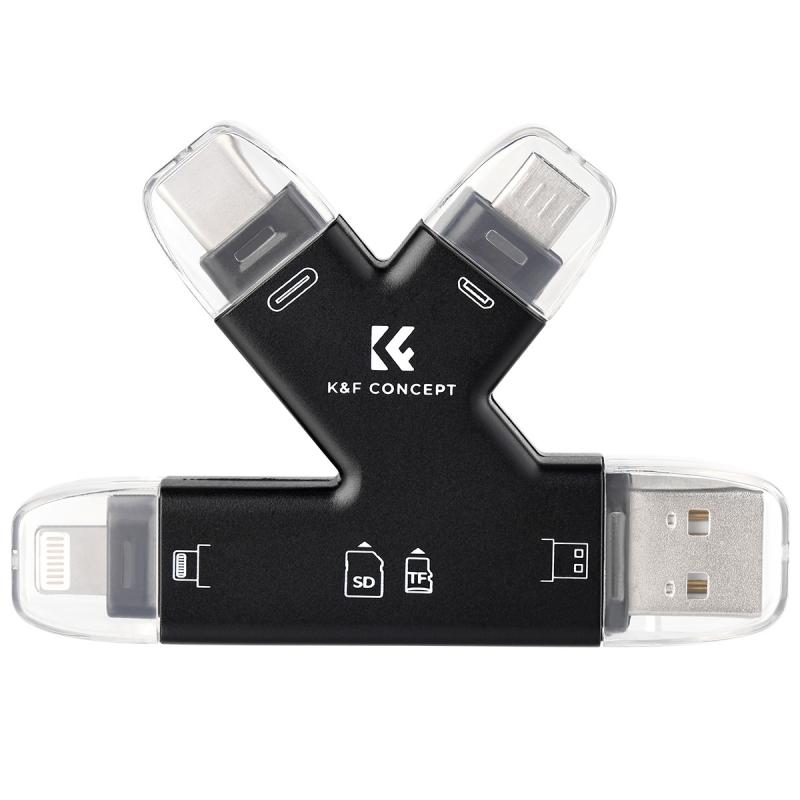
Cloud storage services have revolutionized data management, providing a reliable and accessible means to store and retrieve data from virtually anywhere. Here's how you can use popular cloud services to back up your SD card data:
Google Drive
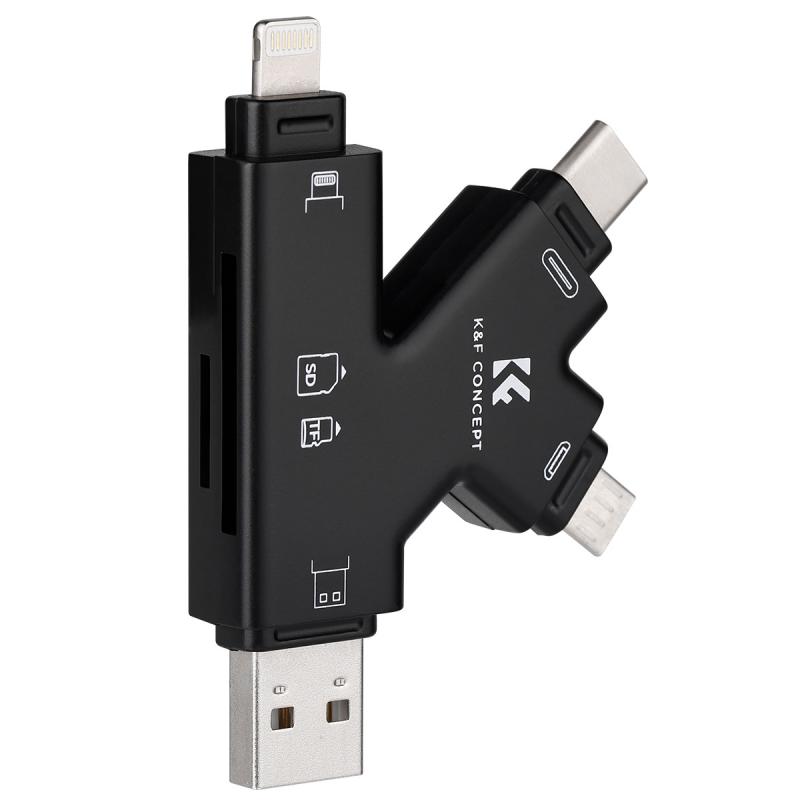
Google Drive is a widely used cloud storage solution that integrates seamlessly with Android devices. To back up your SD card data to Google Drive:
1. Install the Google Drive app (if not already installed).
2. Open the app and log in with your Google account.
3. Navigate to the "Files" app on your Android device.
4. Access your SD card from within the Files app.
5. Select the files or folders you want to back up.
6. Tap on the share button and choose Google Drive from the list.
7. Select the destination folder within Google Drive and tap on "Save".
Your selected files will now be uploaded to Google Drive, ensuring they're safely backed up.
Dropbox

Dropbox is another popular cloud storage option that can be used similarly to Google Drive:
1. Install the Dropbox app from the Play Store.
2. Sign in to your Dropbox account.
3. Open your device's Files app and locate your SD card.
4. Select the data you wish to back up.
5. Share the selected files to Dropbox.
6. Choose the desired destination folder in Dropbox and upload.
Dropbox provides a convenient way to keep your files accessible and secure.
2. Using Dedicated Backup Apps
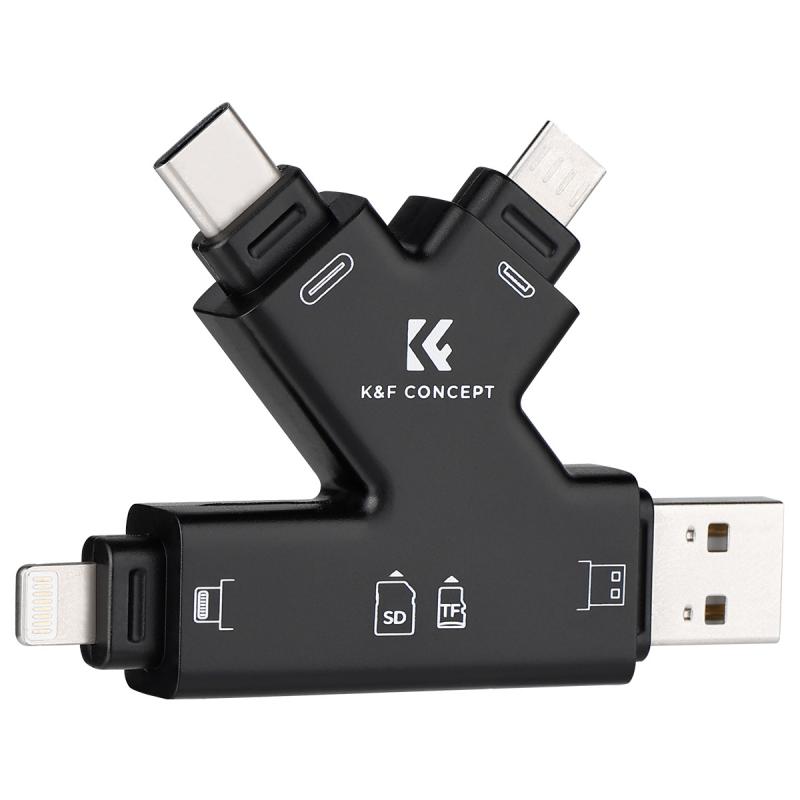
Several apps are specifically designed to facilitate the backup process on Android devices. These apps can be particularly useful if you're looking for a more targeted backup solution. Here are a couple of recommended apps:
1. Helium - App Sync and Backup
Helium is an excellent choice for backing up app data without requiring root access. Here's how to use it:
1. Download and install Helium from the Google Play Store.
2. Open the app and follow the setup instructions (ensure USB debugging is enabled on your device).
3. Select the apps and data to back up.
4. Choose the backup destination, which can be the internal storage, SD card, or cloud storage options like Google Drive or Dropbox.
5. Initiate the backup process.
Helium efficiently backs up your app data, making it easy to restore later.
2. Super Backup & Restore
Super Backup & Restore is another robust app offering comprehensive backup solutions. To use it:
1. Install Super Backup & Restore from the Play Store.
2. Open the app and choose the type of data you want to back up (apps, contacts, SMS, etc.).
3. Select SD card as the backup destination.
4. Start the backup process.
This app simplifies the backup process, allowing you to keep your important data secure.
3. Using File Manager Apps
File manager apps can be very handy for manually copying data from your SD card to another secure location. Here's how you can use a popular file manager like ES File Explorer:
1. Install ES File Explorer from the Play Store.
2. Open the app and navigate to your SD card.
3. Select the files or folders you want to back up.
4. Copy the selected data.
5. Paste the files into a secure location, such as your device's internal storage or a dedicated backup folder on the SD card itself.
ES File Explorer provides a simple and effective way to manage and back up your files.
4. Using External Storage Devices
If you have access to an OTG (On-The-Go) cable, you can transfer your SD card data to an external USB drive. Here’s how:
1. Get an OTG cable compatible with your Android device.
2. Connect the USB drive to the OTG cable, then plug the OTG cable into your phone.
3. Use a file manager app to access both the SD card and the USB drive.
4. Transfer the files from the SD card to the USB drive.
This method ensures that you have a physical backup of your data, which can be particularly useful in case of device malfunction.
5. Setting Up Automatic Backups
Automation can save a lot of time and ensure that your data is consistently backed up without the need for manual intervention. Many of the aforementioned apps and services support automatic backups:
- Google Photos for images and videos: Automatically sync your media files to Google Photos.
- Google Drive for documents: Set up automatic syncing for important documents.
- Super Backup & Restore: Schedule regular backups of your selected data.
By setting up automatic backups, you can ensure that your data is consistently protected with minimal effort.
Backing up your SD card on an Android device without a computer may seem daunting, but with the plethora of tools and services available, it’s quite manageable. Whether you opt for cloud storage solutions, dedicated backup apps, file manager apps, external storage, or automatic backups, each method offers a reliable way to preserve your valuable data.
By implementing one or multiple methods discussed above, you can achieve peace of mind knowing that your data is secure. Regular backups are crucial, and integrating them into your routine can prevent potential data loss, ensuring that your digital life remains intact no matter what challenges come your way.
Remember, the real key to effective data management is consistency. Regularly updating your backups and verifying their integrity will ensure that your data is always ready to be restored when needed. With these strategies, you can confidently protect your SD card data, keeping it safe from unforeseen events and technical glitches.
Choose the method that best fits your needs and start securing your data today!







